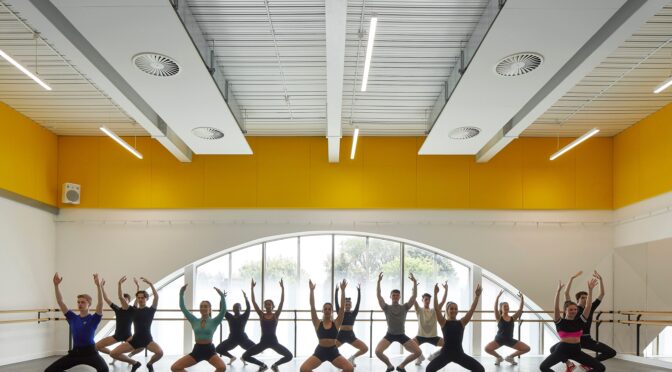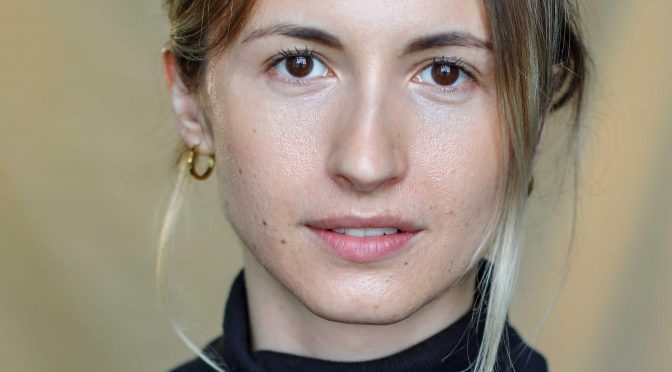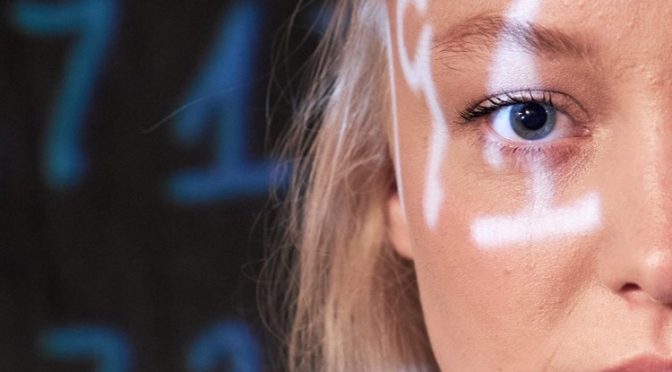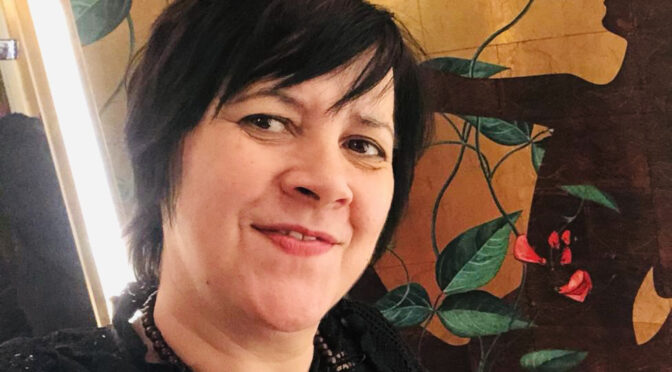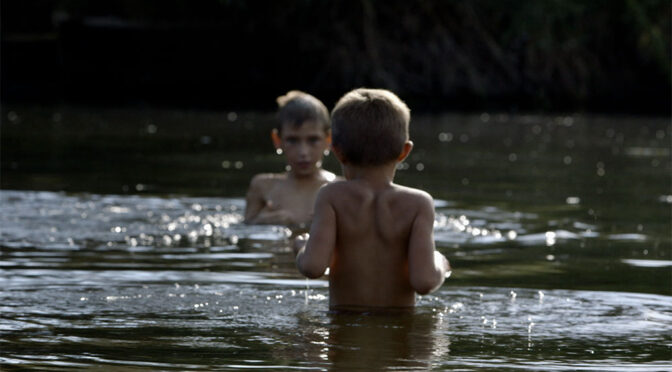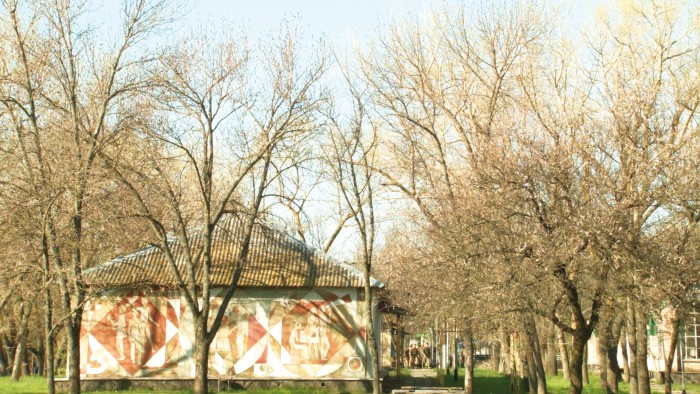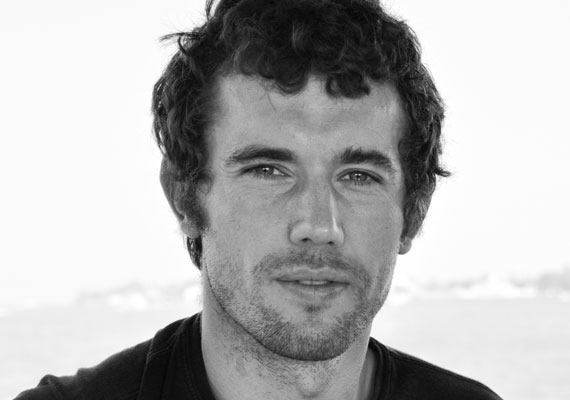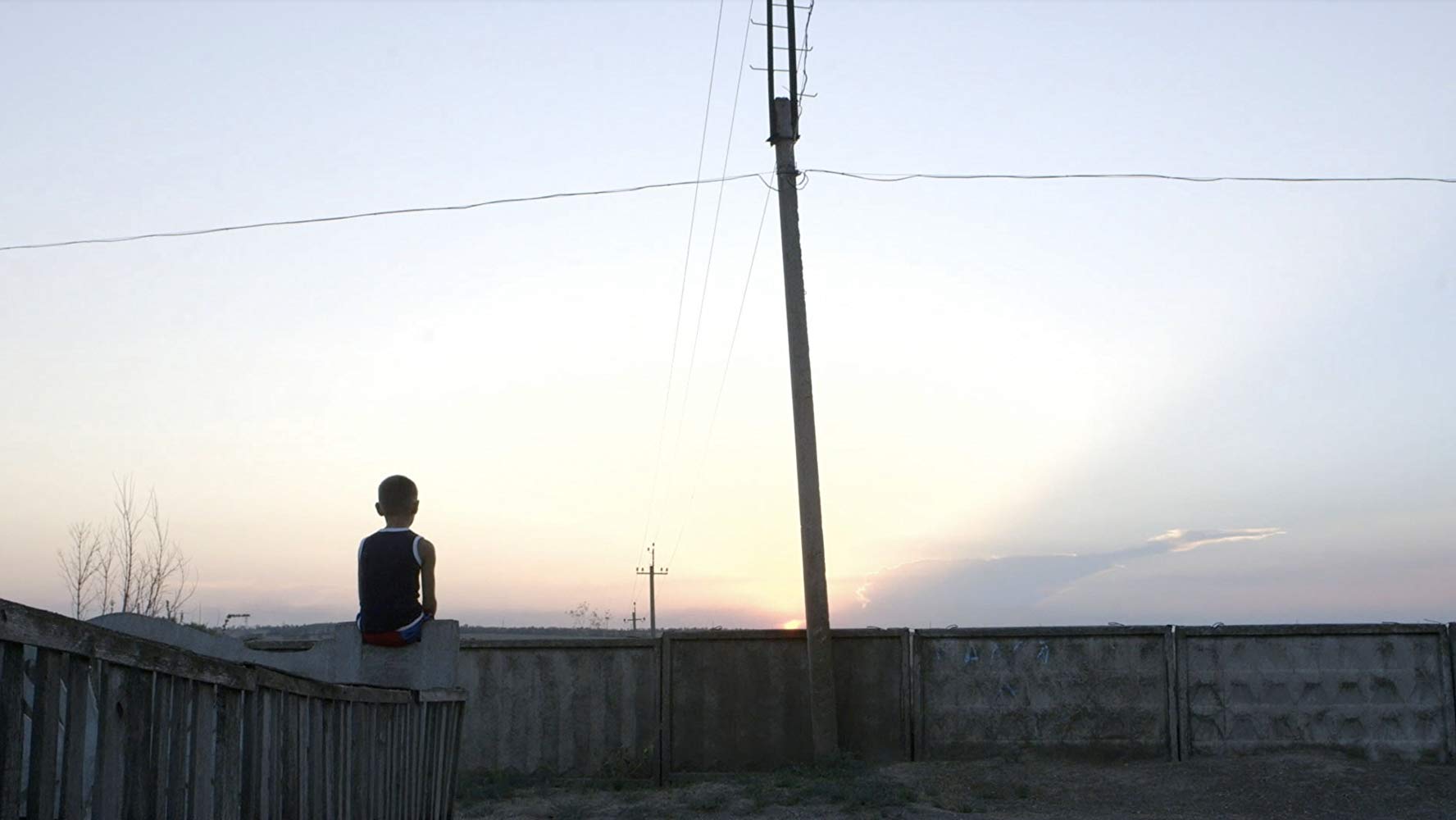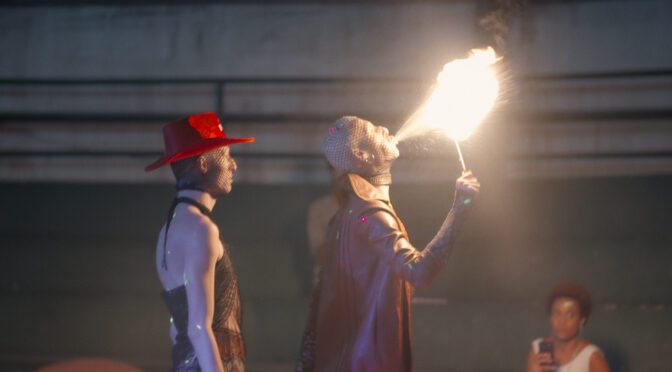After hearing about De Matos Ryan’s new project benefitting young performers, we were curious to find out more from their Director and architect Jose Esteves De Matos. De Matos Ryan specialises in contemporary design within culturally sensitive contexts and we had the pleasure of hearing about how this recent architectural and design project will recharge one of the ArtsEd schools in Chiswick’s ambiance and extend its space and facilities.
What made ArtsEd decide to redevelop their performing arts school in Chiswick?
ArtsEd comprises four distinct schools, previously disparate and located on various sites. The School of Musical Theatre and the School of Acting offer full-time BA and MA courses, The Independent Day School and Sixth Form. ArtsEd Extra focuses on outreach and community provision, drawing in a wide array of the local community to share in the school’s facilities and expert staff through term-time and holiday courses for people of all ages and abilities. Over 400 children and adults participate every week in a wide variety of courses.
The specialist curriculum of the schools and lack of space had resulted in hiring off-site spaces. At the outset, the school looked at development options including relocation and new build development at another site. The existing buildings had many ad-hoc measures in place with none designed for performing arts training. In spite of this, the school decided that the relationships and community ties that it had established since the 1980s in Turnham Green/Chiswick were too valuable to justify moving to a new site.
Our development of the site will bring opportunities to expand this work even further. Greater and more inspiring space provision with much-needed outdoor amenity space improves both the physical and emotional well-being of its participants and the extent to which Arts Ed can play an active and vibrant role in the local community.
With, economic and environmental sustainability in mind, we have minimised demolition and alterations to existing fabric and maximised the potential of existing spaces by using localised interventions. This lean retrofit strategy to old fabric then abuts the new build areas which deliver state-of-the-art purpose build dance and drama training facilities. Restructuring and clearly defining safeguarding separation has helped to consolidate all students and staff on one site and eliminated the need for either expansive demolition or relocation and intensive new build elsewhere.
What new spaces are you creating and how will they help future generations of creative young performers?
Located in a tight landlocked block, the scheme reorganises a previously disparate campus into a cohesive whole, maximising every millimetre of space to unlock the potential of the existing buildings whilst delivering 2875m2 of new facilities. The project is delivered in 3 phases to minimise disruption. The completed Phase 1 consists of a triple layer volume at the centre of the site housing; three 5m high dance studios, a suite of classrooms, large format rehearsal rooms, capped by a rooftop outdoor recreation space. A naturally lit atrium between new and old becomes the new heart and shared space for the schools. Inspired by ‘natural movement’ and the concept of transformational education through the medium of dance, the design reflects the pioneering vision of the women who founded ArtsEd in 1944. The new façade concept, reminiscent of musical and dance notation as well as physical movement, brings renewed coherence and identity to the campus reflecting the dynamic activity within.
How important is it to match the quality of teaching with facilities and an inspiring space? What’s the secret to creating a state-of-the-art site for performing arts schools?
The quality of teaching is the most important factor to deliver an inspiring performing arts education and ArstEd has this in abundance. In spite of its lacking facilities, the school continually delivers the highest standards.
That said, the existing building was in desperate need of extension and refurbishment. The site was unable to accommodate all of its students nor provide them with the physical and environmental quality of facilities that they deserve and that its teaching requires. Demands on space were such that Day School students used dance studios at the Polish Centre, requiring travel between the two sites and gave rise to safeguarding concerns. The Day School also had no outside recreational space. The project brings all these previously disparate and physically separated schools under one roof and within one campus reducing travel requirements to and from ‘campus’ and by creating dedicated social spaces, a more cohesive social hub to the school.
Reduced energy loss, energy use and operational costs with a new sustainable services strategy was implemented to improve well-being. Previously, existing practice rooms were poorly lit and ventilated with moisture visibly running down their walls. A new mixed natural ventilation strategy throughout the building, improved lighting and external aspect, reduced noise transmission between studios as well as sound leakage to adjoining properties were some of the environmental improvements put into place to provide outstanding facilities for the students. Improved height requirements of studios, the installation of much-needed sprung floors to prevent long-term injuries as well as the provision of much-needed outdoor space has greatly improved the physical well-being of the students.
Does the school have a strong community outreach and how can the local community share the school’s facilities?
The school has a very strong and established outreach programme. ArtsEd Extra focuses on outreach and community provision, drawing in a wide array of the local community to share in the school’s facilities and expert staff through term-time and holiday courses for people of all ages and abilities. Over 400 children and adults participate every week in a wide variety of courses.
Now you’ve completed Phase 1 of your masterplan and redevelopment what will future phases provide for the young performers and local community?
Phase 2 will deliver a new Studio Theatre/Performance Hub, including a flexible performance theatre space, additional rehearsal rooms, one-to-one singing studios, a new lift core to provide level access to all floors and mediate between the new performance hub and phase 1 floor levels including the new roof terrace/recreational outdoor space. This phase will also encompass the refurbishment of the existing school refectory and catering facilities.
Future phases can deliver additional 5m floor-to-ceiling dance studios replacing the pitched roof of the existing street-facing main building.
ArtsEd: artsed.co.uk
ArtsEd schools project X De Matos Ryan: www.dematosryan.co.uk
This interview was put together by Jules Nelson who does marketing and operations for Abundant Art.

